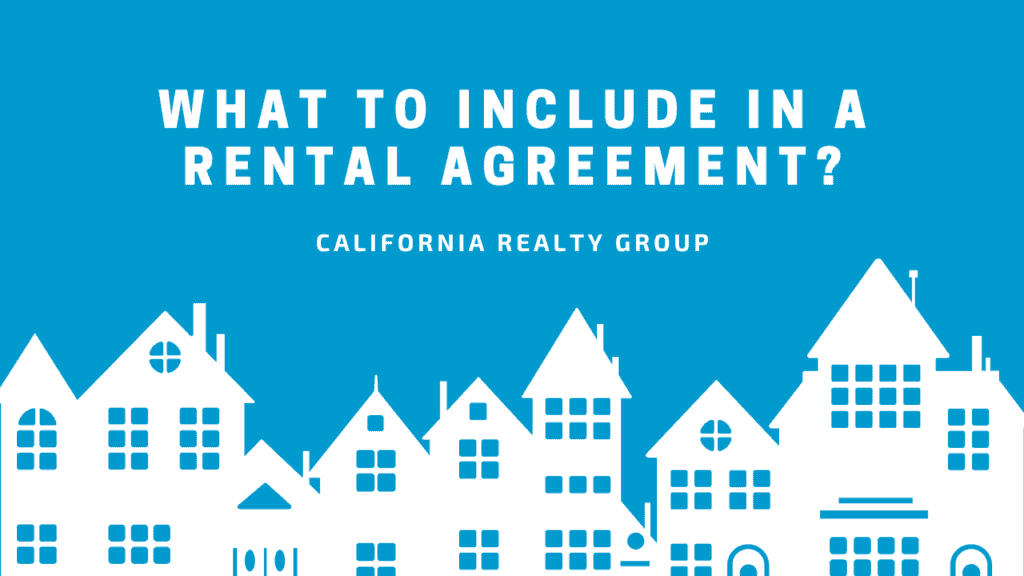What to Include in a Rental Agreement?
Key Takeaways
- A Strong Lease Prevents Disputes – A well-crafted rental agreement clearly defines rules, responsibilities, and expectations, reducing the risk of misunderstandings and conflicts between landlords and tenants.
- Essential Lease Terms Provide Protection – Key details like rent payment terms, security deposits, maintenance responsibilities, and eviction policies help safeguard landlords from financial loss and legal issues.
- Clarity on Rules and Responsibilities is Crucial – Clearly outlining policies on subletting, guests, property maintenance, and lease termination ensures smooth property management and prevents common tenant issues.
- Legal Compliance is Non-Negotiable – Including required disclosures and adhering to landlord-tenant laws helps landlords stay compliant, avoid fines, and maintain a legally sound rental agreement.
As a landlord, your rental property is a significant investment, and protecting it begins with a comprehensive rental agreement. Without clearly defined terms, misunderstandings can arise, leading to late payments, property damage, or even legal disputes—situations every landlord aims to avoid.
At California Realty Group, we understand the importance of a well-structured lease agreement that safeguards both landlords and tenants. A meticulously crafted lease not only outlines the responsibilities and expectations of both parties but also serves as your primary defense against potential issues. By establishing clear guidelines from the outset, you foster a professional relationship with your tenants and protect your property effectively.
1. Names of All Parties Involved
Think of this as setting the foundation for your rental agreement. You want to list every adult living in the rental unit—not just one person. Why? Because if there’s ever a payment issue or a dispute, you’ll need to hold all tenants accountable.
This also means that if one resident moves out, the others are still responsible for fulfilling the lease terms. Include your full name (or your property management company’s name) as the landlord to avoid any confusion.
2. Lease Term and Renewal Policy
How long do you want to rent out your property? Your lease should clearly state whether it’s a month-to-month contract or a fixed-term lease (such as a 6-month or 12-month agreement). If it’s a fixed term, make sure to include the exact start and end date.
Also, think ahead—do you want the lease to automatically renew or require a new agreement? Adding renewal conditions upfront helps avoid misunderstandings and gives you more control over your property.
3. Rent Payment Terms
Let’s be honest—getting paid on time is a top priority. Your agreement should spell out how much rent is due, when it’s due, and how residents should pay (bank transfer, check, online portal, etc.).
Also, decide if you want to offer a grace period before late fees kick in. Speaking of late fees, be clear about the penalties for late payments and what happens if rent isn’t paid at all. When expectations are clear, there’s less room for excuses or disputes.
4. Security Deposit Details
A security deposit protects you from unpaid rent or property damage, but it’s also a common source of disputes. To avoid confusion, state how much the deposit is, what it covers, and when/how it will be returned after the lease ends. Be upfront about deductions—if cleaning fees, repairs, or unpaid bills can be taken from the deposit, your tenants need to know.
5. Rules and Responsibilities
Nobody likes misunderstandings, so it’s best to lay out the ground rules from the start. This section should cover things like who handles lawn care, whether smoking is allowed, if guests can stay long-term, and pet policies
Be as clear as possible—if you don’t want large pets or loud parties after 10 PM, put it in writing. You should also include any restrictions on altering the property, like painting walls or installing fixtures. A well-detailed rules section helps avoid unnecessary headaches and keeps your rental in good condition.
6. Repairs and Maintenance
Who fixes what? That’s a question you don’t want left unanswered. Clearly state what maintenance tasks are the resident’s responsibility (like changing lightbulbs or unclogging a drain) and which ones you, as the landlord, will handle.
It’s also smart to include a process for requesting repairs, whether that’s through email, phone, or an online system. Plus, setting a reasonable response time for maintenance issues—like fixing a leaky faucet within 48 hours—helps keep everyone on the same page and avoids unnecessary frustration.
7. Eviction and Lease Termination
No landlord wants to deal with an eviction, but having clear terms can save you from legal trouble later. Your rental agreement should specify what happens if a resident breaks the lease, doesn’t pay rent, or violates the rules.
Outline the steps for eviction, including how much notice they’ll get before legal action is taken. On the flip side, also cover how much notice a resident needs to give before moving out and whether they’re responsible for rent if they leave early. Having these terms in writing protects you if things go south.
8. Legal Disclosures and Compliance
Every landlord has legal obligations, and missing important disclosures can lead to fines or lawsuits. Depending on your state, you may need to include lead paint disclosures, mold disclosures, or any known property hazards.
If your rental is in a rent-controlled area, mention how that affects lease terms. You should also state that your agreement follows local landlord-tenant laws to ensure everything is legally sound. A solid legal section keeps you compliant and avoids legal headaches down the road.
9. Property Access and Entry Notice
As a landlord, you may need to enter the rental unit for maintenance, inspections, or emergencies—but your tenants have a right to privacy. Your lease should clearly state when and how you can enter the property and how much notice you’ll give before stopping by.
In California, landlords are generally required to provide at least 24 hours’ written notice before entering a rental unit for inspections, repairs, or showings, unless the tenant agrees to shorter notice. Landlords may enter without warning in the event of an emergency, such as a fire or significant water leak.
10. Subletting and Guest Policies
What happens if your resident wants to bring in a roommate or rent out the unit? If you don’t have a clear subletting policy, you could end up with unapproved guests living in your property. Be clear about whether subletting is allowed and under what conditions.
Also, set guidelines for long-term guests—for example, guests staying more than 14 days might need written approval. This keeps you in control of who’s actually living in your rental.
Final Word: Secure Your Lease, Secure Your Investment
A well-crafted rental agreement isn’t just paperwork—it’s your first line of defense as a landlord. By covering all essential terms, you prevent disputes, ensure steady cash flow, and protect your property.
At California Realty Group, we specialize in creating airtight lease agreements tailored to your needs. Whether you’re drafting a new lease or updating an existing one, our experts can help. Reach out today to discuss your options and find the best rental strategy for your property!





